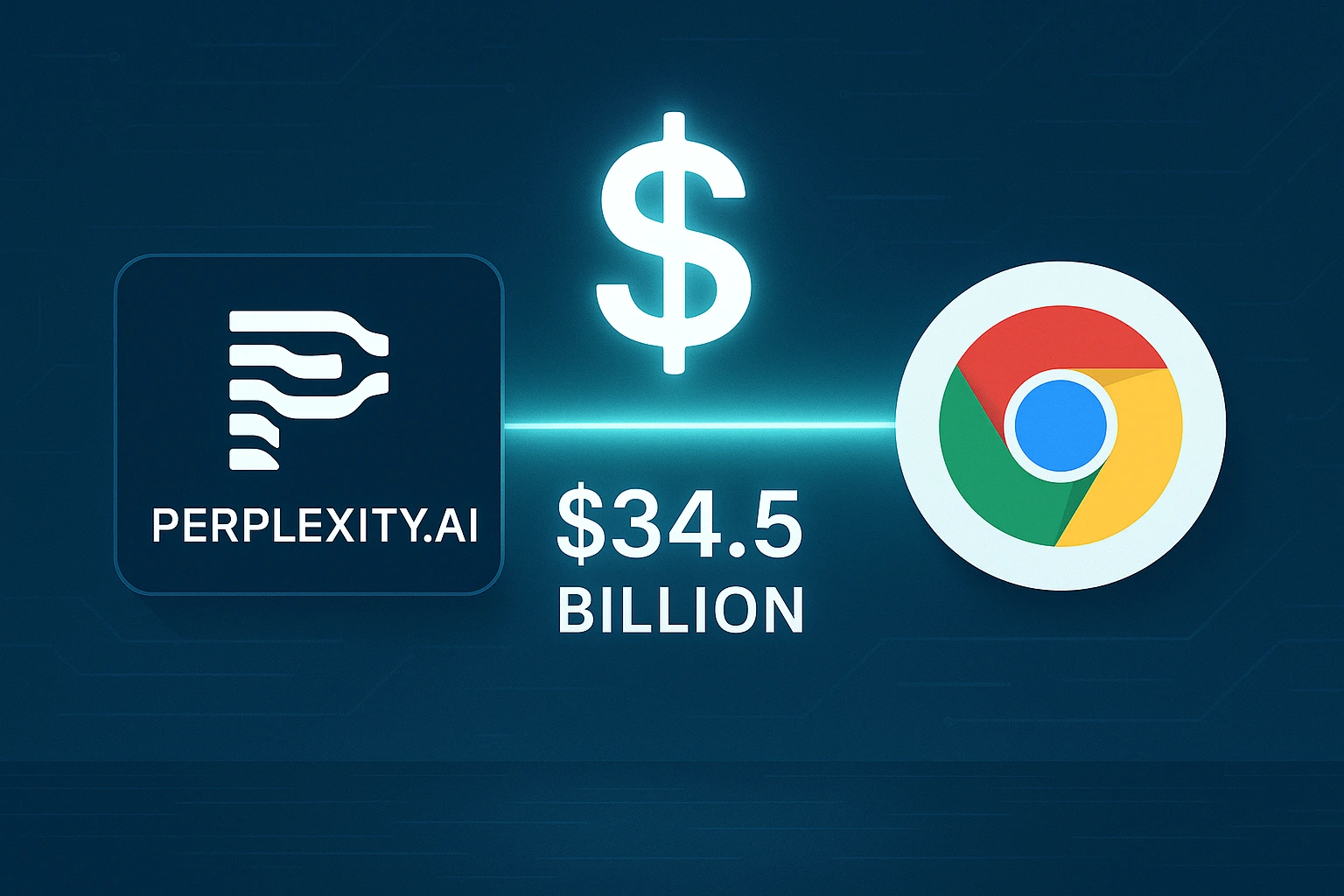Table of Contents
Recurring deposits (RDs) are one of the best options for middle-class and salaried investors seeking safe and reliable investments in India. The PO RD scheme and the SBI Lakhpati RD are two significant competitors in this field. But if you invest ₹12,500 a month for five years, which one yields higher returns?
This article will help you choose which RD will increase your wealth over time by breaking down all the key factors, comparing features, and analyzing maturity values.

Overview: What Makes SBI and Post Office RD Different?
The thought of setting aside a certain amount each month and seeing it accumulate into a sizeable lump sum over time is reassuring, particularly when the returns are assured and your money is secure. Reliable RD schemes are provided by the Post Office and the State Bank of India (SBI).
However, if your monthly resources are limited, you should invest in areas with higher returns, more flexible terms, and a tolerable tax impact. For this reason, it is crucial for any astute Indian investor to compare SBI and PO RD.

The Operation of Recurring Deposits in India
A recurring deposit (RD) is a type of financial instrument in which you invest a set sum each month for a predetermined period of time, often five years. You get a lump sum payment at the conclusion of the maturity period, and the interest is compounded every three months.
Key attributes include a fixed monthly investment.
A constant interest rate throughout the duration of the term
Returns are assured.
Ideal for cautious investors
Highly dependable RD plans are offered by government-backed organizations like the PO and banks regulated by the RBI, such as SBI, making them the preferred option for secure investing.
Overview: An explanation of the SBI Lakhpati RD Scheme
Those who wish to gradually collect ₹1 lakh or more through consistent monthly deposits are the target audience for the SBI Lakhpati RD.
The characteristics of SBI Lakhpati RD
Deposit each month: Starting at only ₹100
Duration: one to ten years
Interest rate as of June 2025: about 6.50% p.a.; subject to change
Quarterly compounding
With a penalty, early withdrawal is permitted.
Branch and online deposit options
You can take advantage of SBI’s extensive accessibility and consistent compounding by making a monthly contribution of ₹12,500 for five years.

Overview of the Post Office RD Scheme
- One of India’s oldest and most reliable government-sponsored savings plans is the PO Recurring Deposit (RD). For people who value security and steady profits, it is perfect.
Post Office RD features include:
The minimum monthly deposit is ₹100, however it must be in multiples of ₹10; there is no higher limit.
Tenure: set for five years
Interest rate as of June 2025: 6.7% p.a.
Quarterly compounding
After three years, an early closure is permitted with lower interest.
operated through the India Post Payments Bank app or India Post branches.
Popular with investors in rural and semi-urban areas, the Post Office RD offers an interest rate that is marginally higher than SBI’s.
Rs.12,500 Monthly Investment – What You Get in 5 Years
Let’s compare the maturity value of Rs.12,500 invested monthly over 5 years in both schemes.
| Scheme | Interest Rate (p.a.) | Total Investment (₹) | Maturity Value (Approx.) |
| SBI RD | 6.5% | ₹7,50,000 | ₹8,74,000 |
| Post Office RD | 6.7% | ₹7,50,000 | ₹8,81,500 |
💡 Note: These are approximate values. Actual returns may vary based on compounding and policy changes.
As you can see, the Post Office RD offers a slightly higher maturity amount due to the higher interest rate.
SBI vs Post Office RD: Key Differences at a Glance
Here’s a quick side-by-side comparison to help you evaluate both schemes:
| Feature | SBI Lakhpati RD | Post Office RD |
|---|---|---|
| Backed By | SBI (Govt-owned bank) | India Post (Govt of India) |
| Interest Rate | ~6.5% p.a. | ~6.7% p.a. |
| Tenure | 1 to 10 years | Fixed 5 years |
| Minimum Deposit | ₹100 | ₹100 |
| Deposit Flexibility | Online, ATM, branch | Post office or app |
| Premature Withdrawal | Yes (with penalty) | After 3 years (with reduced rate) |
| Tax Deducted at Source | Yes (if > ₹40,000/year) | No automatic TDS |
| Compounding Frequency | Quarterly | Quarterly |
While SBI offers flexibility in tenure, the Post Office RD provides better returns and zero TDS deduction unless declared during ITR filing.

What Is the Best RD for You? Professional Opinion
Your financial inclinations will determine whether you choose SBI or Post Office RD:
If you want variable tenure options (1–10 years), go for SBI RD.
You favor branch access and online transactions.
For convenience, you already bank with SBI.
Select Post Office RD if: A fixed 5-year term is acceptable to you
You’re hoping for a little higher return.
You wish to prevent automatic TDS deductions.
For individuals looking for conventional investment safety and higher returns, particularly in rural areas, experts frequently suggest the Post Office RD. SBI, on the other hand, provides tech-savvy investors with more user-friendly modern banking facilities.

RD Return Taxation: Essential Information
According to the Income Tax Act, SBI and Post Office RD returns are both completely taxable.
SBI RD: If total interest in a fiscal year exceeds ₹40,000 (₹50,000 for senior citizens), a 10% TDS is applied.
The “Income from Other Sources” section of your ITR is where you must report interest income.
Post Office RD: At the source, no TDS is withheld.
However, you still need to include the interest you earned in your ITR.
For RD investments, there is no 80C benefit.
Therefore, the tax burden is unchanged even though the Post Office RD does not deduct TDS. Timeliness and documentation are the primary areas of variation.
Final Verdict: SBI or Post Office – Which Wins?
If we purely go by numbers, the Post Office RD slightly outperforms SBI RD in terms of returns over 5 years. On a ₹12,500 monthly investment, the Post Office RD gives you roughly ₹7,500 more at maturity.
However, if you value flexibility, online services, and wider reach, SBI RD is still a solid and safe choice.
🏆 Our Recommendation:
- For higher returns and tax efficiency: Go with Post Office RD
- For flexibility and online convenience: Choose SBI Lakhpati RD
FAQs: SBI vs Post Office RD
Q1. Can I invest in both SBI and Post Office RD at the same time?
Yes, you can invest in both. There are no restrictions as long as you meet their respective rules.
Q2. Is the interest rate fixed for 5 years?
Yes. Once you open the RD, the interest rate is fixed for the tenure in both SBI and Post Office.
Q3. Can I open an RD account online?
SBI allows online RD opening via its net banking or YONO app. Post Office RD can be opened online only through the IPPB app (India Post Payments Bank).
Q4. What happens if I miss an RD installment?
Both SBI and Post Office charge a small penalty on missed payments. However, the account remains active unless multiple payments are missed consecutively.
Q5. Are RD returns better than fixed deposits (FDs)?
Roughly similar. RDs offer the discipline of monthly savings, while FDs require a lump sum. Choose based on your comfort and financial planning.
🧾 Final Thoughts
Both SBI and Post Office RD offer safe, predictable investment options that suit conservative investors. If your goal is to grow ₹12,500 per month into solid savings in 5 years, both are excellent.
But if returns matter more, Post Office RD edges out SBI slightly. That said, choose what fits your convenience and comfort — because consistency matters more than the platform.







